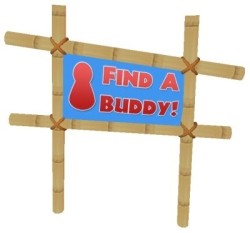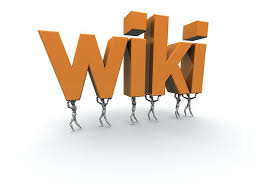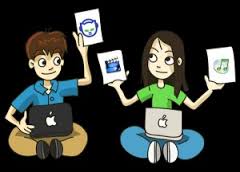Wikipedia states that “new media holds out a possibility of on-demand access to content anytime, anywhere, on any digital device, as well as interactive user feedback, creative participation and community formation around the media content.” It emerged in the late 20th century and continues to rapidly evolve. New media is vastly becoming the preferred method of communication for people from ages 18-65. Whether it’s through email or a blog post.
I believe that Baruch should incorporate as many new forms of new media possible in the curriculum and to market and promote the different schools in the college. Universities all over the world are using new media as an every day part of their lectures. Professor of music, Thomas Forrest Kelly of the University of Bologna in Italy uses audio, video and interactive methods of learning instead of traditional classroom lectures. Students are encouraged to think more and write less. They are more creative and have extra time to focus on class assignments due to the lack of textbooks and other old forms of media.
If Baruch adopted a new media driven curriculum for marketing, they would be able to compete with a lot of the SUNY and private universities. Every school should have their own social media page and it should be monitored and updated consistently by school staff. Potential students should be able to log into one of the social media sites and find out all they need to know about a particular school within Baruch. Every department head should ensure that their information is up to date and class materials align with the ever changing new media.
Recent studies show that people are more likely to retain information when it is visual versus words. New media provides access to concepts outside of the normal realm of classroom learning. Students and faculty can benefit from the use of new media on a more consistent basis at Baruch. We are said to be the “Harvard” of CUNY and I believe that in order to live up to that name, we need to stay on top of current technological advances. We owe it to our students to create the best learning environment possible.
Sources: Lambert, C. (2009). Professor Video:
Visual, audio, and interactive media are transforming the college classroom. Retrieved from HarvardMagazine.com
Socha, B., Eber-Schmid, B. (2015). WHAT IS NEW MEDIA?: Defining New Media Isn’t Easy. Retrieved from newmedia.org
Socha















